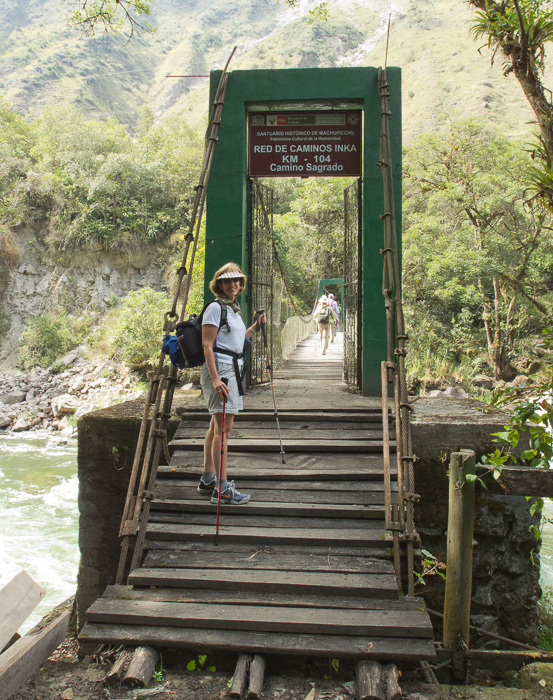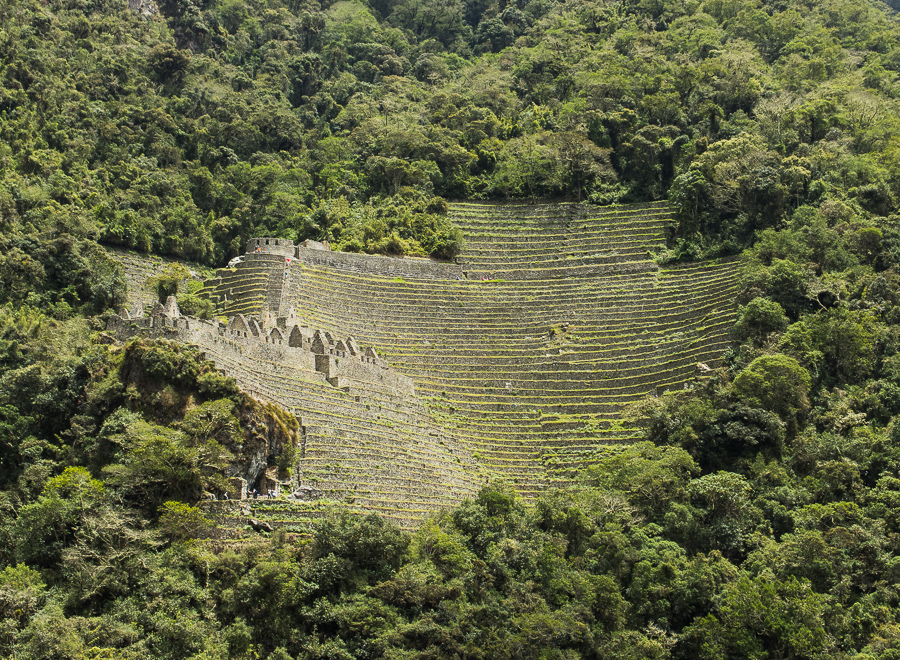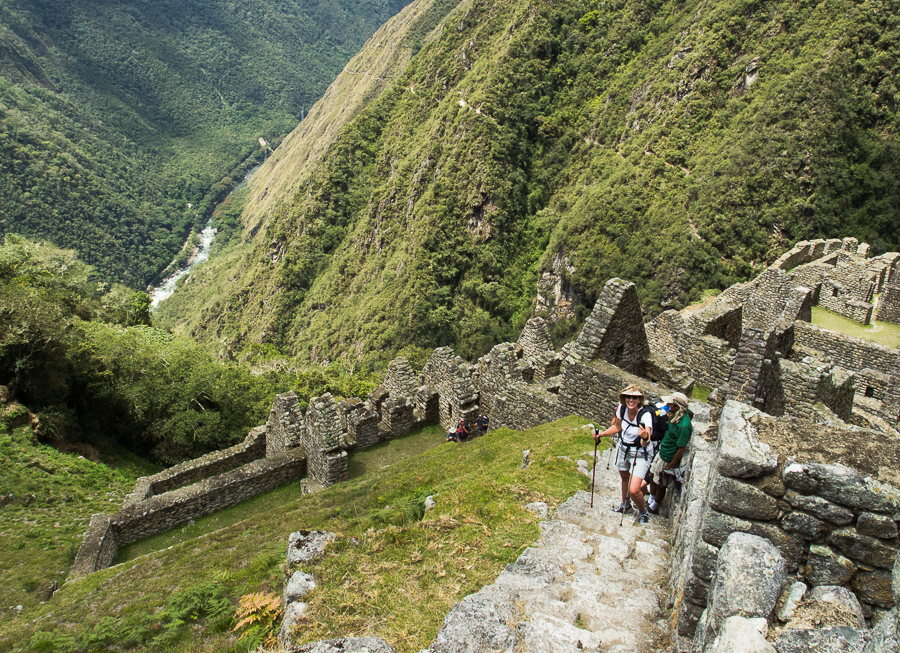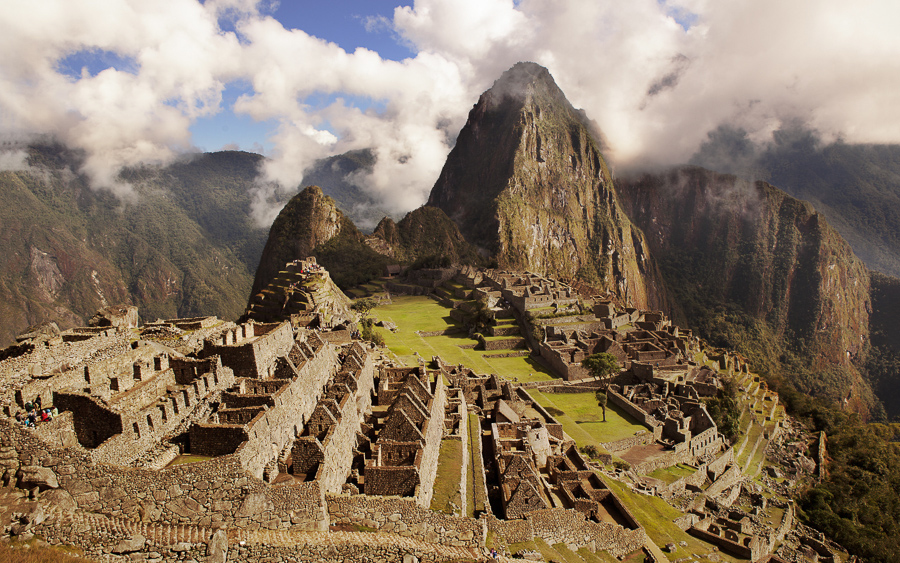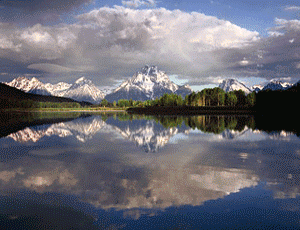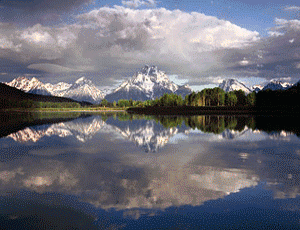|
||
Click on image for more information
Click on image for more information
The name Wiñay Wayna was subsequently given to the ruin by the eminent Peruvian archaeologist, Dr. Julio C. Tello. Winay Wayna translates form Quechua as “Forever Young.” Often overlooked by travelers in the valley floor more keen on reaching Machu Picchu, the ruins of Winay Wayna, when seen from below, appear like an ancient stone castle atop a huge terraced garden. Low stone walls surround triangular inner walls, all of which create a maze of intriguing structures atop an ancient, tiered mountainside.
The ruins consist of upper and lower house clusters, interconnected by a long, precipitous staircase with accompanying fountain structures, often referred to as “baths. A large area of presumably agricultural terraces lies just north of the house-staircase complex.
You continue a bit further on the trail passing under a lovely waterfall. You then begin the magnificent climb up through the ruins. The view here is stunning. I feel it is only surpassed on the trail by the citadel of Machu Picchu itself.
After you leave Wiñay Wayna the trail undulates along below the crest of the east slope of the mountain named Machu Picchu. It is relatively flat until you approach the Sun Gate. The steep stairs leading to Intipunku (sun gate) are reached after approximately 1.8 miles (3km). After somewhat of a grunt ascending these steps, you pass through the Sun Gate at the crest of the ridge. Here the citadel of Machu Picchu and the towering pinnacle Huanyna Picchu which sits behind it finally appear below you.
If you were an Inca coming from Cusco in the 16th century, this would be the end of a 5 day trek. For the day hiker it signals the end of an amazing day. From the the Intipunku it’s a short easy hike along the trail to the ruins. If you are lucky, you can photograph the citadel from the west side of the terraces in the golden rays of the late afternoon sun. If it’s overcast you can wander about and plan your next day’s shoot before descending to Aquas Calientes for a well earned dinner.
If you spend the night in Aquas Calientes and wake up early, you can take the first bus up to Machu Picchu before sunrise. If the clouds part, and the gods smile upon you, the magic spectacle of Machu Picchu touched by the clouds and lit by the early morning rays will present itself before you. Photographically speaking, life doesn’t get much better than this.
If you would like to find out more about photography in the Sacred Valley and Machu Picchu area, check out our newSacred Valley Photoguide.
Click on image for more information
About Miles Hecker
Miles has been involved with photography for over forty years. He teaches digital photography at Casper College in Casper,Wyoming. His photos have won awards fromNatures Best magazine,Photo.net, The Luminous LandscapeandWyoming WIldlife . Miles’ photos have been published in American Vignette, Backpacker Magazine, Natures Best Images, Popular Photography, Wyoming Audubon, and Wyoming Wildlife. He is co-founder ofWyoFOTO LLC.
Geotagged Photolocation Index
August 2013
You May Also Enjoy...
Sony HDR-HC1 Review
Photograph courtesy SonyA Tipping PointIn every field a product comes along every now and then which is later regarded as atipping point– a fulcrum, if
Sigma DP2 Quattro Review
By Michael Reichmann & Kevin Raber [caption id="" align="aligncenter" width="600"] Sigma DP2 Quattro[/caption] In late July Kevin lead a photographic expedition to the Norwegian
